Growing in Containers in Oklahoma
Okiedawn OK Zone 7
14 years ago
Featured Answer
Comments (16)
Okiedawn OK Zone 7
14 years agolast modified: 9 years agoRelated Discussions
Need Help Growing Camellias in Oklahoma
Comments (3)I have grown camellias outdoors in the ground and in pots here since 1992. The first thing to consider is that some camellias are only hardy to 10' to 20'F. There are some species and cultivars that are hardy to -5' F. The less hardy ones I grow in pots and only bring them into the garage during the absolute coldest days of winter, other wise they are sheltered from the west and north winds by my house. During the summer, I take the potted ones into the backyard for partial sun and protection from the late western sun. I have had good luck planting the more hardier varieties on the north side of my house for partial sun. They are protected from the winter winds from my neighbors house just to the North.I also have one planted on the east side of a large pine tree that as done well. The winter winds here seem to dissicate the foliage too much if they have too much exposure.I have mostly planted in amended raised beds because of my poor draining clay soil. I don't like peat because once it dries its hard to get wet again, so I usually use Cotton burr dirt, compost, pine needles or fine pinebark as soil amendments. Bloom time varies, some of the species are fall blooming ( here its usually OCT/NOV), winter blooming, and some bloom in spring. I have the "April Series" from Camellia Forest Nursery and they bloom here March to May. Hope this helps. I would try to ID which varieties you have before I did anything with them. Phil...See MoreWhat does/doesn't grow well in Oklahoma?
Comments (7)I think everything on your list has the potential to grow well here, although raspberries can be very particular about their soil and moisture and also about how much heat they'll tolerate. Other than the special pH needs of the blueberries which you already know about, everything on your list should grow just fine as long as it is planted into well-prepared soil at the proper time. In case you've never planted garlic before, it normally is planted in the fall here. Carrots are generally easy, but I believe I get a better-tasting crop in the fall than in the spring. Heat can adversely affect the flavor and texture of carrots, making them tough and bitter. In the spring, we often go from "too cold" to "insanely hot" so fast that sometimes the carrots have barely germinated and then suddenly the temperatures are warmer than the optimal temps for growing carrots. Also, carrots germinate very slowly in cold soil and very quickly in warm soil so it is a lot easier to start them in late summer than in mid-winter. I suspect Carol's carrot issues have to do with her soil staying so wet, but that's just a guess. With almost every squash, you'll have to fight squash vine borers and squash bugs with only a few exceptions and those are mostly winter squash. With cucumbers, they'll grow and produce very well as long as you can keep the cucumber beetles from giving them bacterial diseases that quickly kill them. There are many wonderful vining types in various sizes, shapes and colors. Not all cucumbers are green. Some years you'll get great yields from some fruits and veggies and other years you won't. It all evens out though....See MoreGrowing rhubarb in Oklahoma
Comments (20)Okiegardeningmom, Well, it might, as long as it gets some sun. You have not "failed miserably". The rhubarb has failed. I don't even necessarily think that variety matters all that much here in our climate. The truth is that Oklahoma really is too hot for rhubarb to do well reliably here. Those of us who insist upon trying to grow it here (and I'm grinning as I say that 'cause I do keep trying to grow it) just have to remember that we really are pushing the plant to grow in a summer climate for which it really is NOT well-suited. I don't even like the way rhubard tastes. I don't believe I'd ever eaten it until I was in my early 30s. My "problem" (smiling as I say that) is that I married a man who grew up in Pennsylvania and he thinks rhubarb is wonderful. So, I keep trying to grow it for him. In the years that we harvest some, he makes a rhubarb pie or cobbler or something and is delighted to have it. (No one else will eat the stuff although we all tried it.) He adores rutabagas, too, and I keep saying I'll grow some for him but I haven't yet....maybe this fall. I hate giving up precious garden space for stuff that is "foreign" to me. LOL I think I might try to grow Rhubarb from seed sown in seed-starting flats in August and set out in the garden in September. If I could get it large enough (before frost hits in the fall) to overwinter, then maybe we'd get a good harvest the following spring. It is hard to find rhubarb seed locally, but it is available online via Territorial Seed, and I am sure from other seed companies as well. Dawn...See Moregrowing in the shade in Oklahoma
Comments (3)Hi Christina, First, welcome to the Oklahoma Forum. All shade is not created equal, so what will grow well in one type of shade might not grow well in another. You also have to consider the type of soil in which you'll be planting. If it is a loose sandy loam or sandy soil (or can become loose and loamy with some amending) and if the tree roots are not everywhere in your yard sucking up the water, then vegetables will do better. If the soil is very dense clay or extemely rocky and if the tree roots are quite dense, you likely would need to build above-grade raised beds or do your veggie gardening in containers. The kind of shade matters too, as do the number of hours of full, direct sun. If the shade is a dense, heavy dark sort of shade, even crops that can tolerate shade may struggle in that location. Likely, they still would produce but might be less productive than they would be in brighter light or might be leggy and thin in comparison to the same plants grown in brighter light. If the shade is not so dense and is more patchy or dappled, and is what you would consider "light shade", then the plants will have better odds of performing well. In general, plants whose edible portions are leaves, stems, buds or small tubers/roots will tolerate a lot of shade, and crops grown for their leaves or stems would tolerate the most. Plants grown for their fruit, like tomatoes and melons, or for very large tubers or roots like potatoes most likely would not do as well in part shade, but there are even exceptions to that. The crops that would perform best in partial shade would include leaf lettuce and other leafy greens like spinach, kale, Swiss chard, parsley, basil, mint, arugula, cress, collard greens, mustard greens, beet greens, endive and maybe cabbage. Crops that likely would peform just fine if they get an hour or two of direct sun and then are in partial, dappled or light shade the rest of the day would include radishes, beets, onions, leeks, garlic, shallots, broccoli, cauliflower, peas, brussels sprouts (planted in mid-summer for a late fall harvest), kohlrabi, turnips and maybe potatoes. Crops that likely would perform just fine with 2-4 hours of direct morning sun followed by partial shade would include eggplant, rhubarb (does better in our hot climate with morning sun/afternoon shade), some peppers (generally smaller-fruited ones), small tomatoes like cherry, grape, currant or pear-shaped bite-sized ones, cucumbers and eggplant. With large-fruited tomatoes, results vary. I did have a lot of container-grown tomatoes produce very well last year on 4-6 hours of sunlight, but with only 4 hours or less than 4, the will produce fewer fruit per plant but they'll still produce. In fact, some shade is desirable---12 or more hours of full sun in July and August is hard on tomato plants. I haven't tried growing summer squash or winter squash in partial shade, so can't tell you anything about how they'd do. I suspect summer squash might do OK with morning sun and afternoon shade. With pumpkins, it depends on the kind of pumpkin. Some of them tolerate more shade than others. One pumpkin that's grown very well for me in a morning sun/afternoon shade situation is Seminole, which is not surprising considering its origin. I also haven't tried growing green beans or cowpeas in partial shade, but think that of the two, green beans are more likely to tolerate some shade. Remember that plants grown in more shade/less direct sun may not reach the same size as they would in full or nearly full sun, and they may not be quite as productive. I have a very large pecan tree to the immediate west of my vegetable garden, so the plants in the western 1/3 of my garden get quite a lot of shade from about 12 or 1 p.m. on. I have been pleasantly surprised by how well many vegetables perform in a part-sun location. Keep in mind, too, that sometimes all you have to do is remove a couple of lower limbs from large trees and that will allow quite a bit more light to reach the ground/plants. Dawn...See Moresoutherngardenchick
14 years agolast modified: 9 years agoOkiedawn OK Zone 7
14 years agolast modified: 9 years agosoutherngardenchick
14 years agolast modified: 9 years agoMelissa
14 years agolast modified: 9 years agoOkiedawn OK Zone 7
14 years agolast modified: 9 years agoMelissa
14 years agolast modified: 9 years agosoutherngardenchick
14 years agolast modified: 9 years agoOkiedawn OK Zone 7
14 years agolast modified: 9 years agosoutherngardenchick
14 years agolast modified: 9 years agoOkiedawn OK Zone 7
14 years agolast modified: 9 years agosoutherngardenchick
14 years agolast modified: 9 years agoOkiedawn OK Zone 7
14 years agolast modified: 9 years agoAmyinOwasso/zone 6b
3 years agofarmgardener
3 years ago
Related Stories
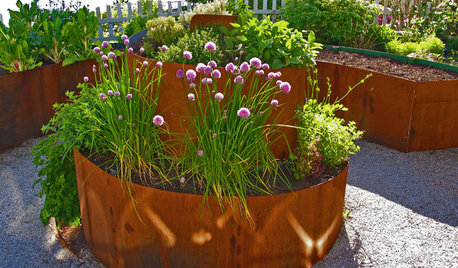
URBAN GARDENSContainers Make Growing Edibles a Cinch
If life hands you a lack of land, grow lemons — with a few basics, you can proudly reap the fruits, veggies and herbs of your labor
Full Story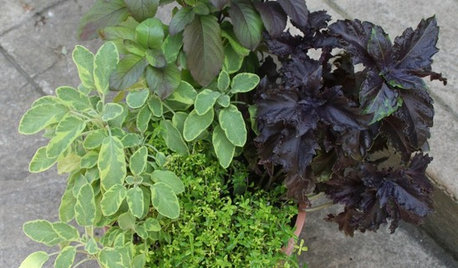
CONTAINER GARDENS8 Easy Container Plants to Grow From Seed
Get beautiful blooms and herbs in summer by starting these choice garden picks from seed in spring
Full Story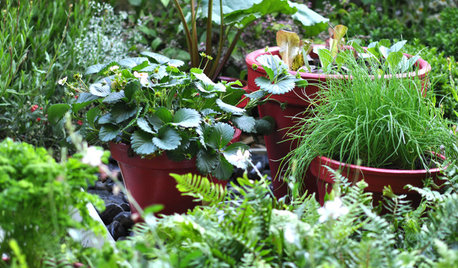
FARM YOUR YARDHow to Grow Vegetables in Containers
Get glorious vegetables and fruits on your patio with a pro’s guidance — including his personal recipe for potting mix
Full Story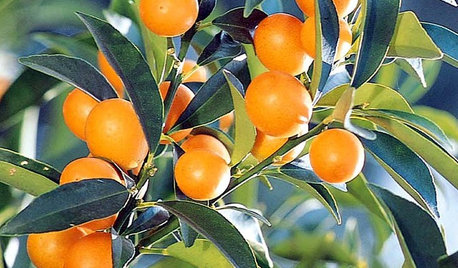
FALL GARDENING5 Fall Fruits You Can Grow in Containers
Brighten your porch or patio with a potted pomegranate, kumquat, blueberry bush or another great fall fruit
Full Story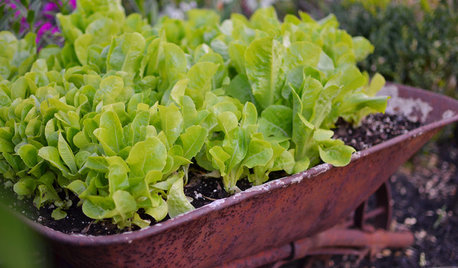
FARM YOUR YARD10 Easy Edibles to Grow in Containers
These herbs, vegetables and fruits are just as happy in a pot as they are in the ground
Full Story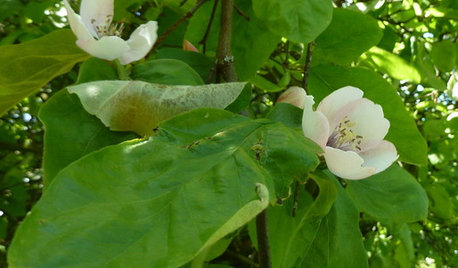
EDIBLE GARDENSWhy Grow Quince? For Beauty, Fragrance and Old-Time Flavor
Delightfully perfumed fruit and lovely spring blossoms make this apple and pear cousin worth a spot in the garden
Full Story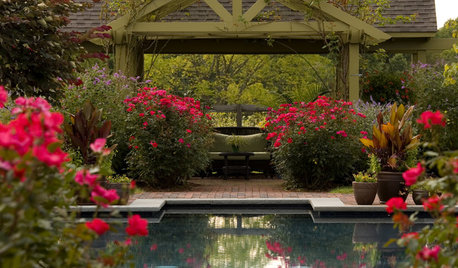
SPRING GARDENINGHow to Grow a Rose Garden in Pots
Everything can come up roses, even without a plot of soil in sight. This step-by-step guide to growing roses in containers shows you how
Full Story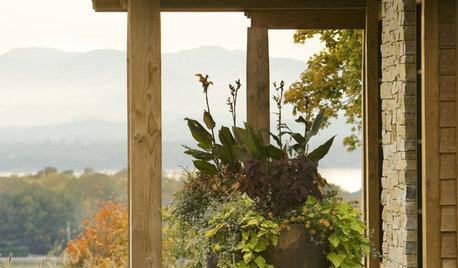
GARDENING GUIDESGrow a Beautiful Fall Garden in a Pot
Welcome autumn with 7 gorgeous plants that thrive in containers and enliven your porch or patio throughout the cooler season
Full Story
HOUSEPLANTSHow to Grow Orchids Indoors
Orchids are the exotic aristocrats of the flower world and can make themselves comfortable in almost any home
Full Story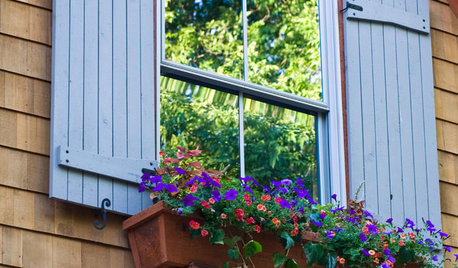
CURB APPEALHow to Make a Window Garden Grow
Get the scoop on materials, installation, plantings and more to bring the charming look of window boxes to your home
Full Story


farmgardener